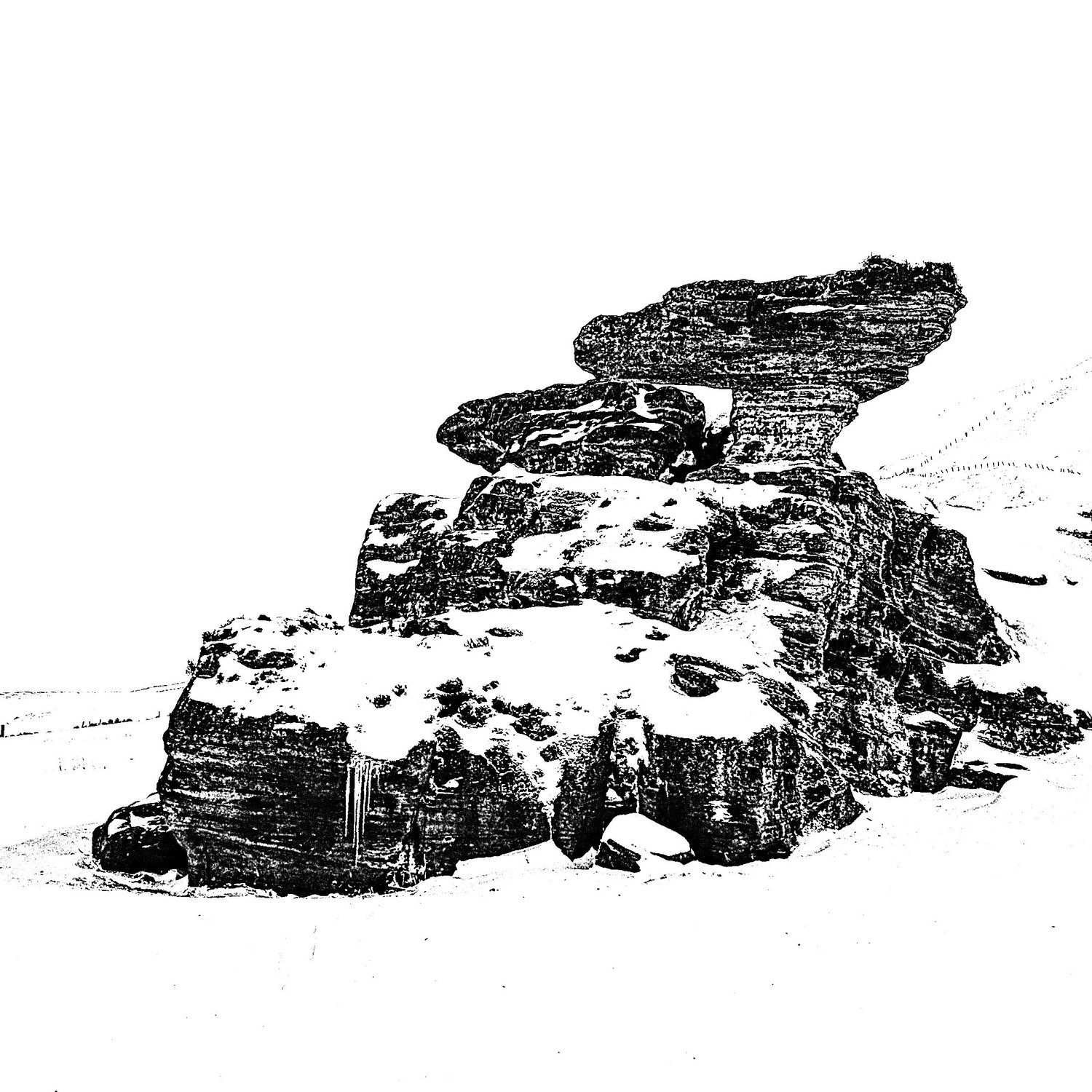The 'place by the road'
Gateside
‘ane piece of land with house etc. with the aikers or lands of the chapell of St Mary the Virgin of Den lying besyde the Gaitsydin the barony of Pitgormo’
Sc gate + Sc side - ‘settlement beside a road’, the road being the western approach to Strathmiglo
Gateside comprises the village, the hamlet of Edensbank and Edenshead House, which was a nineteenth century roadside settlement. The village was built on the site of the Chapel of St Mary of Dungaitside which belonged to the monks of Balmerino Abbey on the Tay estuary. The Abbey, founded in 1229, was a Cistercian monastery and is now in the care of the National Trust for Scotland.
In the Nineteenth Century, Gateside was a thriving community with a variety of trades including a blacksmith, a boot and shoe maker, a coal merchant, a grocer, a joiner, a tailor and a vintner. There was a Subscription School, a church, a sub-Post Office and a station on the Fife and Kinross railway line. It was also the location of Gateside Mill.
OS 1-inch map, 1885, reproduced by kind permission of the National Library of Scotland
The mill originally manufactured lint, but by the Twentieth Century the mill was producing bobbins and shuttles and was providing employment for about 80 people. It was built on the River Eden like so many other mills in Fife and a water wheel provided power for the machinery. There was a large building, built after a serious fire in 1940, which housed the bobbin and shuttle departments and a separate sawmill. Waggon loads of timber were brought in by rail each day until 1956 when the rail line was closed. Thereafter, timber was delivered by road and unloaded by crane, across the river, to the sawmill.
Bobbins and shuttles were accessories in the textile trade and were largely shipped to India for the jute and hessian industries. This trade ceased, virtually overnight in 1947, when India was granted her independence and thereafter this core business declined sharply. Today all traces of the original manufactured goods have gone though a few workers are still employed at the mill on various wood turned items. The remaining space in the mill building is now occupied by outside businesses who rent the premises.
The Association was originally formed in 1946 and the Memorial Hall was made over to the Trustees of the Association

